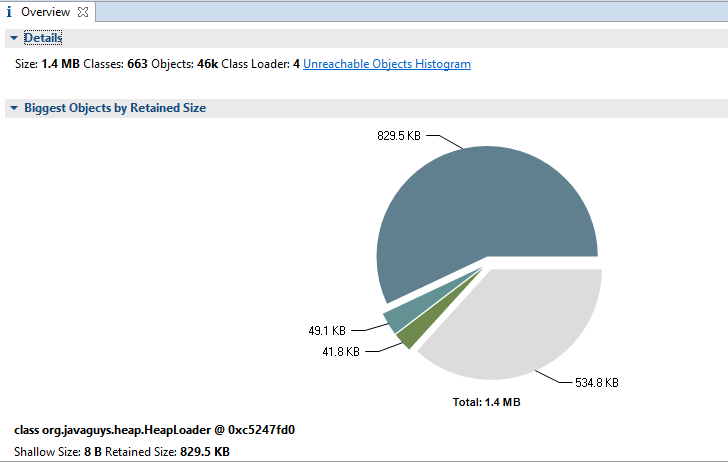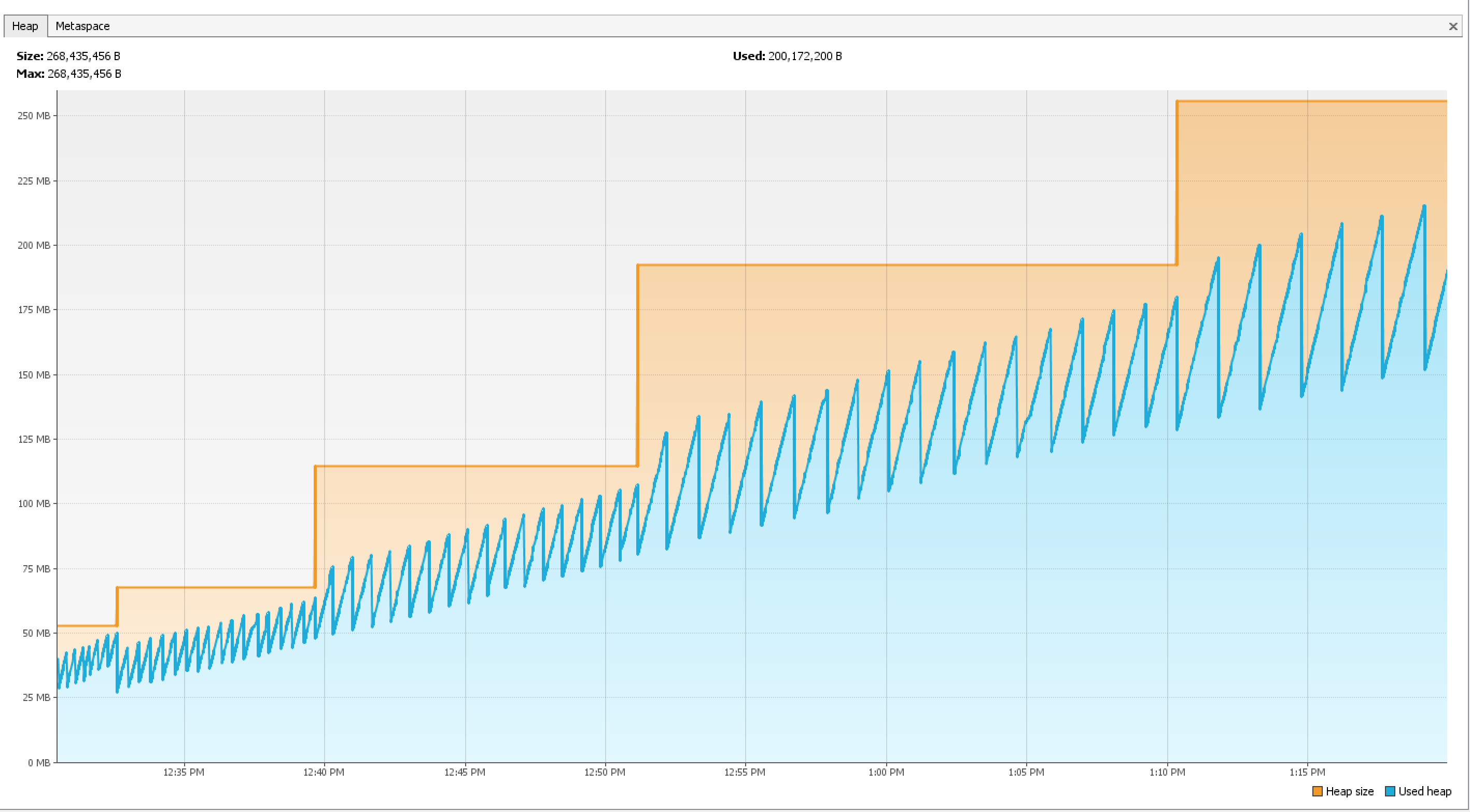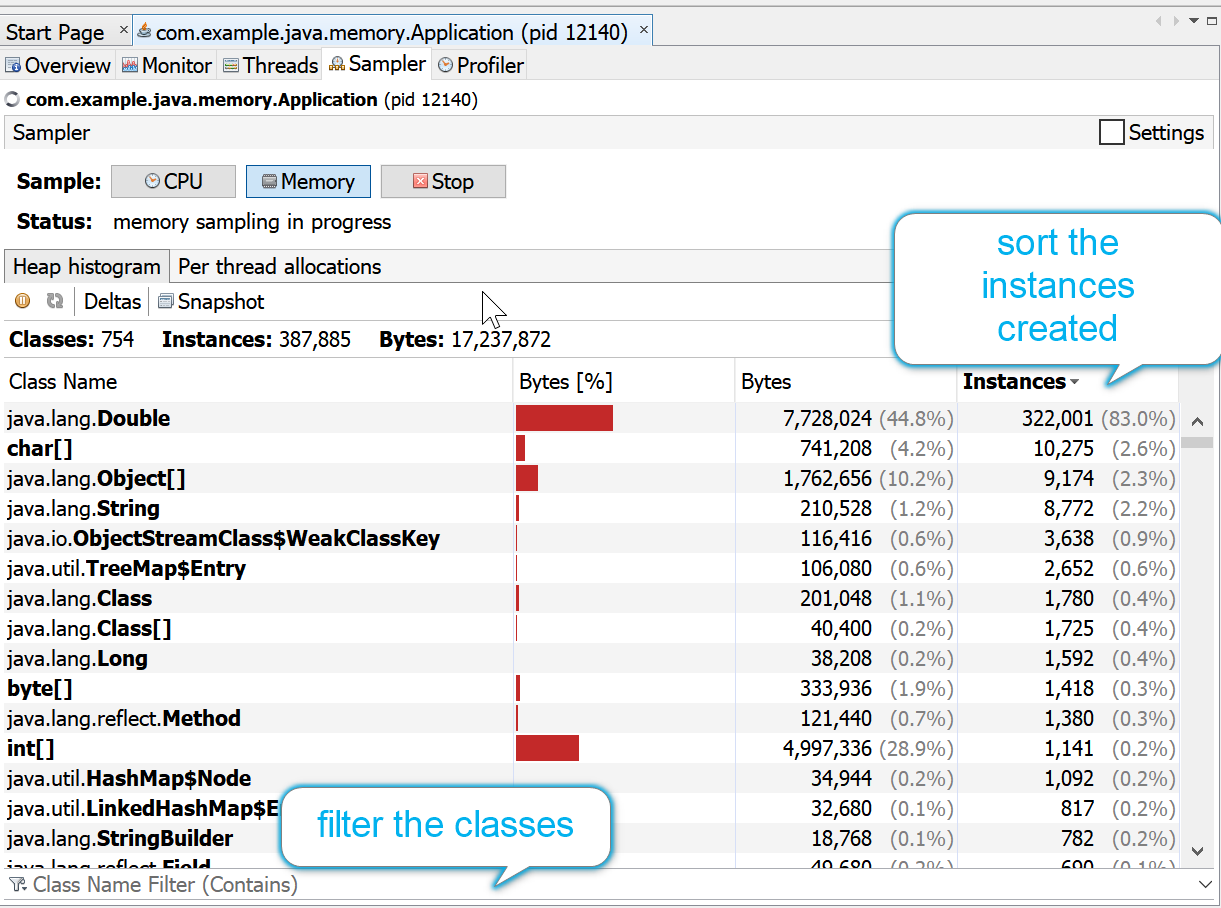Most of the time, in enterprise applications the Java heap given is larger than the ideal size of max 12 to 16 GB. I have found it hard to make the NetBeans profiler work directly on these big java apps.
But usually this is not needed. You can use the jmap utility that comes with the jdk to take a "live" heap dump , that is jmap will dump the heap after running GC. Do some operation on the application, wait till the operation is completed, then take another "live" heap dump. Use tools like Eclipse MAT to load the heapdumps, sort on the histogram, see which objects have increased, or which are the highest, This would give a clue.
su proceeuser
/bin/jmap -dump:live,format=b,file=/tmp/2930javaheap.hrpof 2930(pid of process)
There is only one problem with this approach; Huge heap dumps, even with the live option, may be too big to transfer out to development lap, and may need a machine with enough memory/RAM to open.
That is where the class histogram comes into picture. You can dump a live class histogram with the jmap tool. This will give only the class histogram of memory usage.Basically it won't have the information to chain the reference. For example it may put char array at the top. And String class somewhere below. You have to draw the connection yourself.
jdk/jdk1.6.0_38/bin/jmap -histo:live 60030 > /tmp/60030istolive1330.txt
Instead of taking two heap dumps, take two class histograms, like as described above; Then compare the class histograms and see the classes that are increasing. See if you can relate the Java classes to your application classes. This will give a pretty good hint. Here is a pythons script that can help you compare two jmap histogram dumps. histogramparser.py
Finally tools like JConolse and VisualVm are essential to see the memory growth over time, and see if there is a memory leak. Finally sometimes your problem may not be a memory leak , but high memory usage.For this enable GC logging;use a more advanced and new compacting GC like G1GC; and you can use jdk tools like jstat to see the GC behaviour live
jstat -gccause pid <optional time interval>
Other referecences to google for -jhat, jmap, Full GC, Humongous allocation, G1GC



